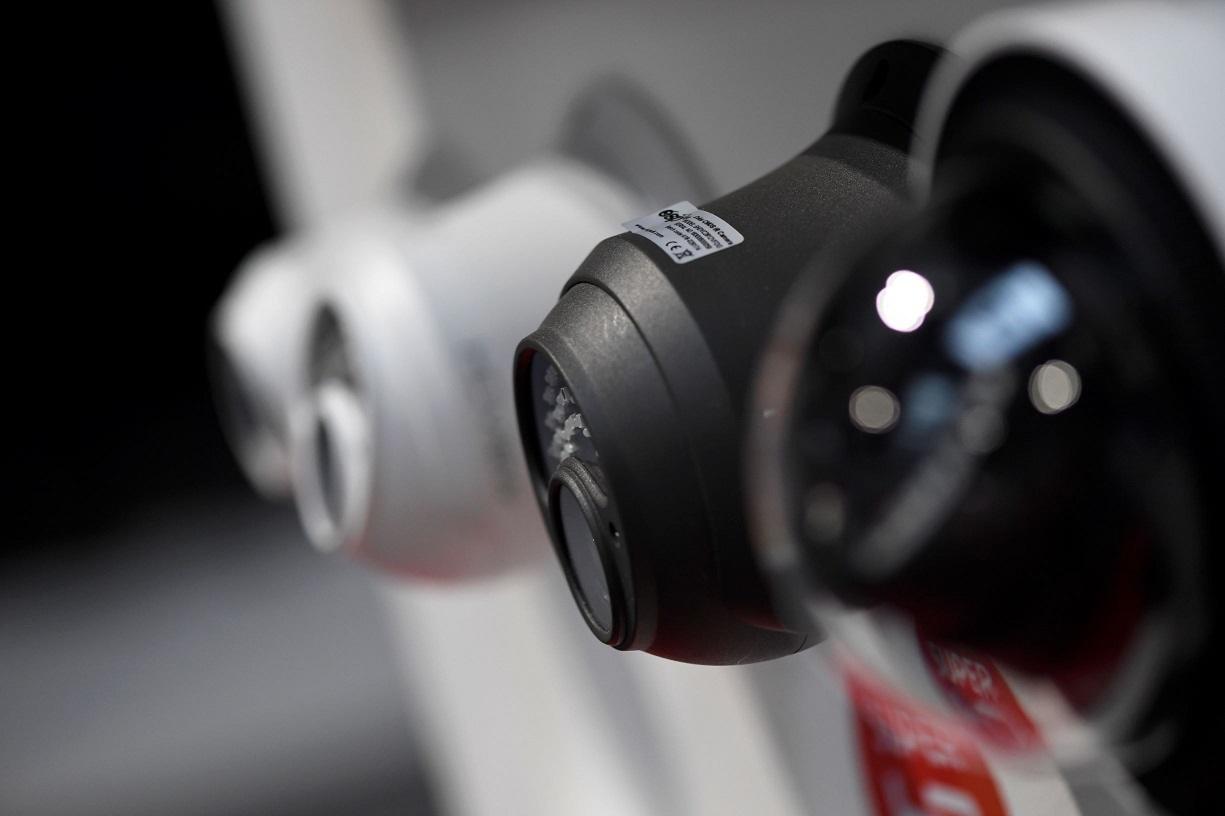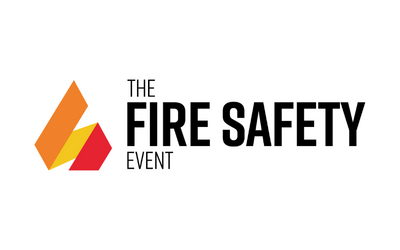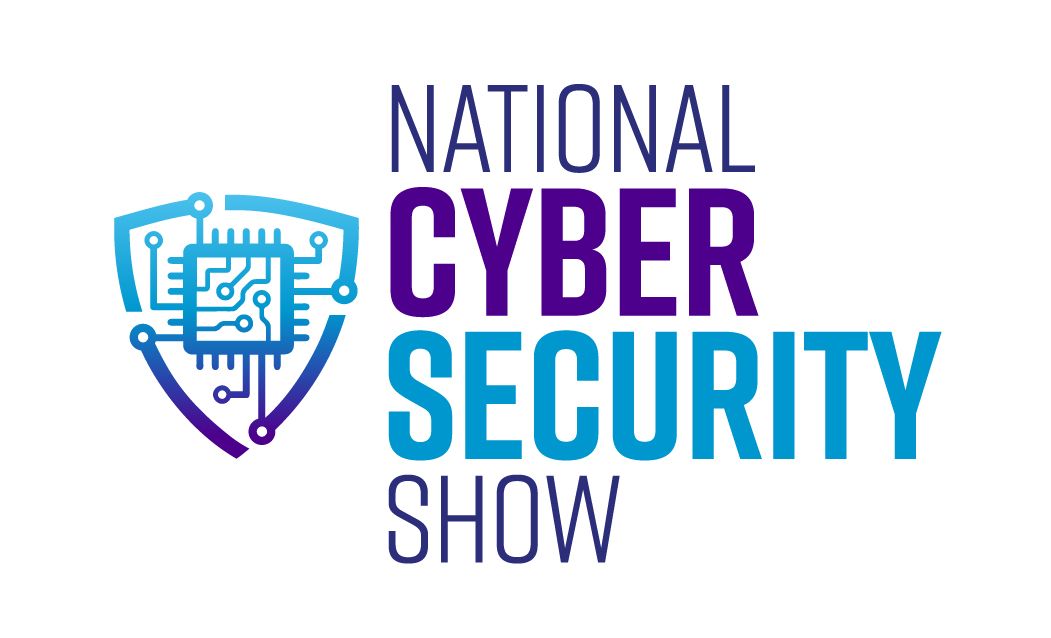WATCH OUT FOR THESE 5 VIDEO SURVEILLANCE TRENDS IN 2022
.png/fit-in/1440x9999/filters:no_upscale())
2021 changed the business landscape forever, and created new security challenges. More people working remotely means more risk of data theft, and more remote monitoring of sites means new health and safety requirements.
In light of this, 2022 looks set to be dominated by five main trends. Here’s how they’ll impact the industry:
1.AI, edge computing and data analytics
As data and analytics continue to proliferate, surveillance and security solutions are using on-board analytics to drive intelligent monitoring and protection. This trend is likely to gather strength as customers combine AI and edge computing to improve monitoring and search efficiency.
According to one industry report, the global edge computing market will be worth over $800 billion by 2028. AI at the edge, especially combined with data analytics based on deep learning algorithms, will be key to new “smart surveillance” applications like object detection and classification and metadata collection, all while cutting latency and bandwidth and enabling real-time monitoring and data gathering.
AI and edge computing will keep improving the effectiveness and efficiency of network video surveillance systems, monitoring an ever-widening range of areas and situations using analytics such as object, loitering, and virtual line and area crossing detection. AI and edge computing also enable ‘pre-emptive detection’, reducing reliance on reactive monitoring and boosting safety and efficiency.
2. AI in vision-based surveillance systems
Network video surveillance systems are transforming from simple security cameras to comprehensive AI solutions, and this trend looks set to see unparalleled growth. According to industry analysts, the worldwide AI surveillance and security market will be worth $4.46 billion by 2023.
Using AI cameras as vision sensors produces meaningful business intelligence that helps organisations understand their customers and operations. Thermal imaging and body temperature detection cameras in entrances and lobbies use edge-based AI algorithms to tell humans from inanimate objects and reduce false alarms.
Cloud-based solutions can use people-counting algorithms to provide sales insights, improve floor design strategies, or avoid long checkout lines. Similar applications can be used to improve traffic management, parking, logistics and distribution, and even healthcare. Organisations can automate their security tactics and have appropriate responses planned and set in advance.
3, The rise of the ‘as a service’ business model
‘Access Control as a Service’ and ‘Video Surveillance as a Service’ are the new buzzwords. As cloud-based services evolve, video surveillance manufacturers, system installers and integrators can become ‘Solution as a Service’ providers, offering their work to customers through cloud-based platforms.
By packaging business processes, applications and infrastructure into a single ‘as a service’ offering, organisations can be more agile and cost-effective, and tailor solutions to individual client needs.
Video surveillance as a service, or ‘VSaaS’, enables users to switch to cloud-based recording, eliminating the need for on-site servers and making it possible to deploy systems rapidly with no time-consuming and complex network configurations. All devices and cameras can be monitored centrally, and many system and network processes.
4. Ethical use of technology
The move online has led to an increased need for cybersecurity and made organisations increasingly aware of their data protection responsibilities under regulations like the General Data Protection Regulation (GDPR). Businesses are looking for surveillance suppliers and partners that understand these rules and can keep their data safe.
Manufacturers competing for contracts in certain sectors, especially government sector and international trade, must demonstrate regulatory compliance in order to win.
5. The integration of technology
Network technology and the Internet of Things (IoT) are an established trend that will cause further disruption in the security camera market in 2022, enabling advanced HD video streaming even on mobiles. This will expand the potential of AI and audio and video analytics.
Developments in network technology, especially bandwidth and latency, will further boost the IoT. Advanced network technology in cameras allows for real-time remote video surveillance, legacy network management and the expanded use of mobile applications.
Artificial Intelligence Internet of Things (AIoT) has almost unlimited possible applications, from expanded device connectivity to open and integrated system/platforms.
In conclusion, 2022 will see continued innovation in technologies like AI to add greater value for users, creating new business opportunities for integrators and installers. And as AI at the edge – on camera – reaches a wider audience, its benefits will transform the security market.







